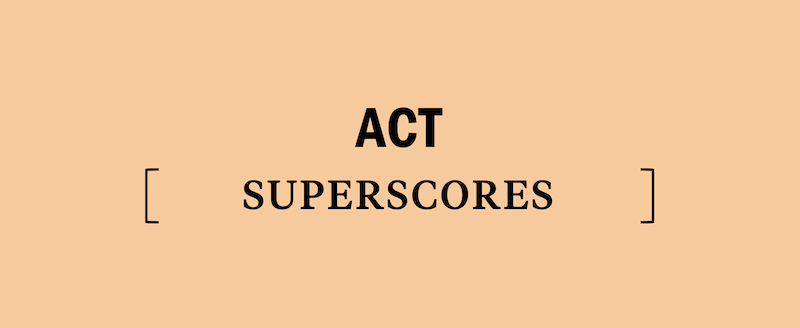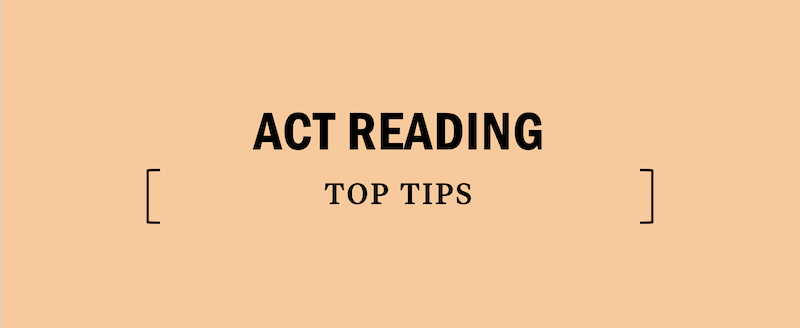ACT Science: Comparing Two Experiments
One type of ACT science passage, Research Summaries, will present descriptions of one or more related experiments and will require you to answer questions about one or both experiments. To compare them accurately, answer the following questions as you read. Make sure to underline, circle, or otherwise mark up the passages as you read!


